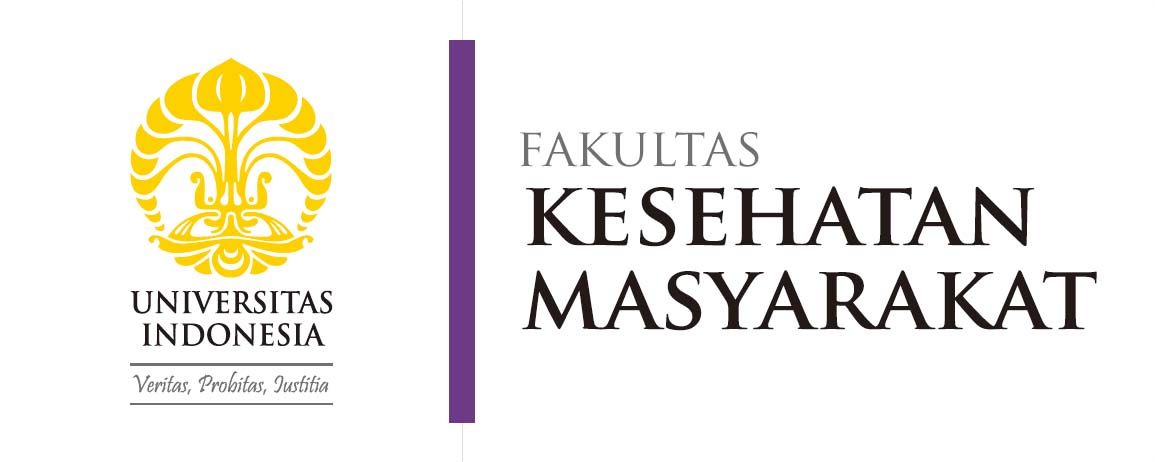On Monday, September 23, 2024, the Faculty of Public Health (FPH) at the Universitas Indonesia (UI) hosted an online guest lecture as part of the Basic Public Health course, attended by students. The lecture aimed to provide insights into infectious diseases that are currently a global concern, particularly MPOX (Monkeypox), and to introduce the role of mathematical modeling in understanding the epidemiology of diseases. This guest lecture was moderated by Putri Amalia Firjatillah, S.K.M, and featured two distinguished speakers: Dr. Musthofa Kamal, M.Sc., from the WHO Indonesia, and Bimandra A. Djaafara, Ph.D., from the National University of Singapore.
Dr. Musthofa Kamal, a surveillance expert from WHO Indonesia, opened the first session with an in-depth discussion on the current situation of MPOX. He explained that MPOX, formerly known as Monkeypox, is a zoonotic disease that was first discovered in 1970. “This disease is transmitted from animals to humans and was initially limited to remote regions of Africa. However, its spread has now expanded to countries outside of Africa,” said Dr. Kamal. Through his presentation, Dr. Kamal also highlighted the discovery of a new MPOX variant, Clade 1b, which emerged in 2023 and spread through human-to-human transmission in East Africa, particularly in the Democratic Republic of the Congo (DRC). “This new variant has been detected in six countries, including Burundi, Rwanda, Kenya, Uganda, Sweden, and Thailand, with a death rate estimated at 0.7% in DRC,” he explained.
Furthermore, Dr. Kamal clarified that although most transmission occurs through close human contact, the increase in cases in certain regions is driven by transmission through sexual contact. He also emphasized the importance of cross-sector collaboration in managing this disease, especially in response to significant case surges.
“MPOX is not currently classified as a pandemic, but it has been declared a Public Health Emergency of International Concern (PHEIC), which signals the importance of a global response with cross-sector coordination,” Dr. Kamal stated. According to him, the necessary actions include strengthening emergency coordination, enhancing surveillance, diagnostics, clinical care capacity, and preparing vaccination for high-risk groups. “We still need to understand how this virus survives and spreads in nature and take appropriate actions to control its transmission,” he concluded.
In contrast to the previous topic, Bimandra A. Djaafara, Ph.D., an epidemiologist and researcher at the Saw Swee Hock School of Public Health, National University of Singapore, discussed the importance of mathematical modeling in the epidemiology of infectious diseases. He explained that modeling is used to understand the dynamics of disease transmission, predict future scenarios, and assist in better decision-making for health resource allocation. “Mathematical modeling allows us to translate the natural history of a disease into a more systematic form, making it easier to study the patterns of its spread,” explained Dr. Bimandra. He gave an example of compartmental models, which are commonly used in virus epidemiological modeling. This model divides the population into several groups, such as susceptible, infected, and recovered individuals, to represent the disease transmission flow.
He emphasized that a good model should be simple but accurately reflect reality. “The model should be as simple as possible, but not too simple to lose accuracy,” Dr. Bimandra said, quoting the principle of parsimony in modeling. “Additionally, it is important for this model to be parameterized based on real-world data. This helps us to obtain more accurate predictions relevant to the actual conditions,” he continued.
In his explanation, Dr. Bimandra highlighted two main roles of models in epidemiology: prediction and understanding. Models can be used to predict disease transmission trends in the future, helping health authorities prepare appropriate mitigation measures. On the other hand, models also provide a better understanding of the factors influencing disease transmission, leading to more effective prevention steps.
“Mathematical modeling is not only a tool for prediction but also a tool for understanding, analyzing, and designing better interventions in tackling the epidemiology of infectious diseases,” concluded Dr. Bimandra.
This guest lecture provided valuable insights for FPH UI students in understanding infectious diseases from various perspectives, both through direct discussions on MPOX and the global challenges faced, as well as through the introduction of scientific methods like mathematical modeling to predict and understand disease transmission. Through this Basic Public Health course lecture, it is hoped that students will be better prepared to face future challenges and contribute to disease control both in Indonesia and globally. (DFD)

